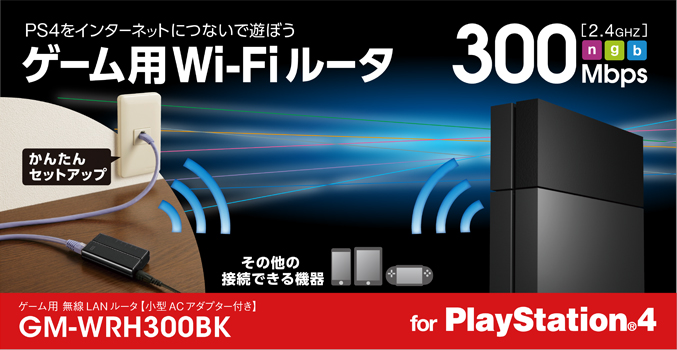Best Wifi Channel For Ps4
Wi-Fi networks can support ten or more channels. If you are lucky, they all work. If not, here is what you need to do with wireless channels.

Any such device can easily interfere with a wireless home network, slowing down its performance and potentially breaking network connections. Likewise, the wireless networks of neighbors generally all use the same form of radio signaling. Especially in residences that share walls with each other, interference between different home networks is not uncommon. Fortunately, most routers give you the option to change the wireless channel so they can communicate on a different frequency to avoid interference. How Wi-Fi Channels Work The 2.4 GHz Wi-Fi signal range is divided into a number of smaller bands or channels, similar to television channels.
In most countries, Wi-Fi network equipment provide a set of available channels to choose from. In the United States, for example, any of the Wi-Fi channels 1 through 11 can be chosen when setting up a. Setting this channel number strategically can help avoid sources of wireless interference. Unlike television channels, some Wi-Fi channel numbers overlap with each other. Channel 1 uses the lowest frequency band and each subsequent channel increases the frequency slightly. Therefore, the further apart two channel numbers are, the less the degree of overlap and likelihood of interference. If encountering interference with a neighbor's WLAN, change to a more distant channel.

Best Wifi Channel For Fire Stick
The three Wi-Fi channels 1, 6 and 11 have no frequency overlap with each other. Use one of these three channels for best results. Which 5 GHz Wi-Fi Channel is Best? Newer and Wi-Fi networks also support 5 GHz wireless connections. These frequencies are much less likely to suffer from wireless interference issues in homes the way 2.4 GHz does. Additionally, the 5 GHz Wi-Fi channel choices available in most home network equipment have been pre-selected to choose only the non-overlapping ones.
Choices vary by country, but in the United States these non-overlapping 5 GHz channels are most recommended: 36, 40, 44, 48, 149, 153, 157 and 161. Usable non-overlapping 5 GHz channels also exist between 48 and 149, specifically 52, 56, 60, 64, 100, 104, 108, 112, 116, 132, and 136. These channels fall into a specially regulated category where a Wi-Fi transmitter is required to detect whether other devices are already transmitting on the same channel and automatically changes its channel to avoid conflict. While this Dynamic Frequency Selection (DFS) feature avoids interference issues, many network administrators simply avoid using these channels altogether to minimize complications. Tip: See for more information on the right channel to pick.
Ps4 Wifi Setup
How to Find or Change the Wi-Fi Channel You're Using You can of course find the wireless channel your router is using by accessing the router's administrative pages and looking under a Wireless related section. This is also the only way to change the Wi-Fi channel. For example, if you're using a Comtrend AR-5312u router, you can access the Advanced Setup Wireless Advanced page to change the channel from a drop down menu. It's extremely simple so long as you can find the right page in the settings. Most routers will have the option under a similar menu, or maybe one called WLAN. However, if you're just looking for an easy way to see what the wireless channel is set as, you can use any number of mobile or desktop wireless apps. For example, this list of free Wi-Fi apps includes several apps that point out the channel of not only your own network but also the WLANs that your device can see in range. The ability to see nearby wireless networks and their channels is crucial because you can only understand which channel to change yours to if you know what the other channels are set.
Did You Change Your Wi-Fi Channel but the Internet Is Still Slow? Wireless interference is only one of several possible causes of a slow network connection. If you've changed the wireless channel but you still have a slow connection, consider the following:. The position of your access point is crucial. If it's too high or too low, or behind too many walls, you won't get the most out of the signal like you would if it were positioned in a better place. Either you'll find that you are paying for a lower speed, and thus you can pay more for something faster, or you'll find out that you're not getting as fast as speeds as what you're paying your for, in which case you can either buy a new router or contact your ISP for support. Your computer itself may be slow, not the network, in which case you can try to. Sometimes, it's the computer itself (like the web browser or email client) that is slow but it appears as though the 'internet' (network) is slow because those programs use the internet.